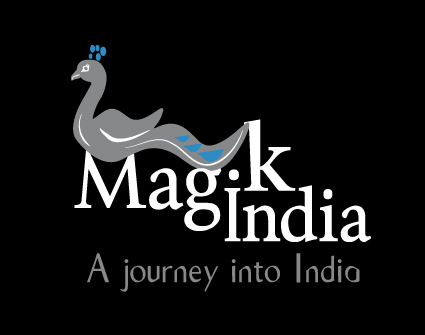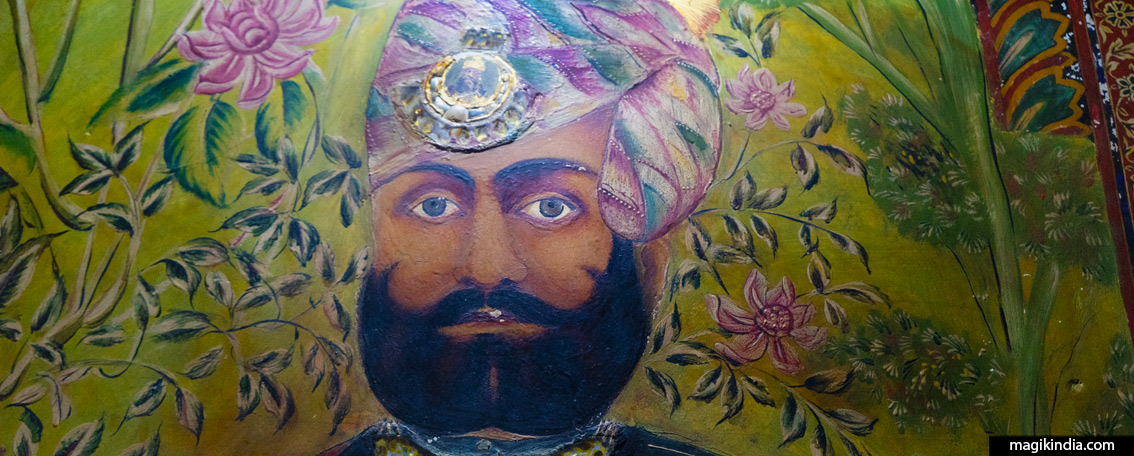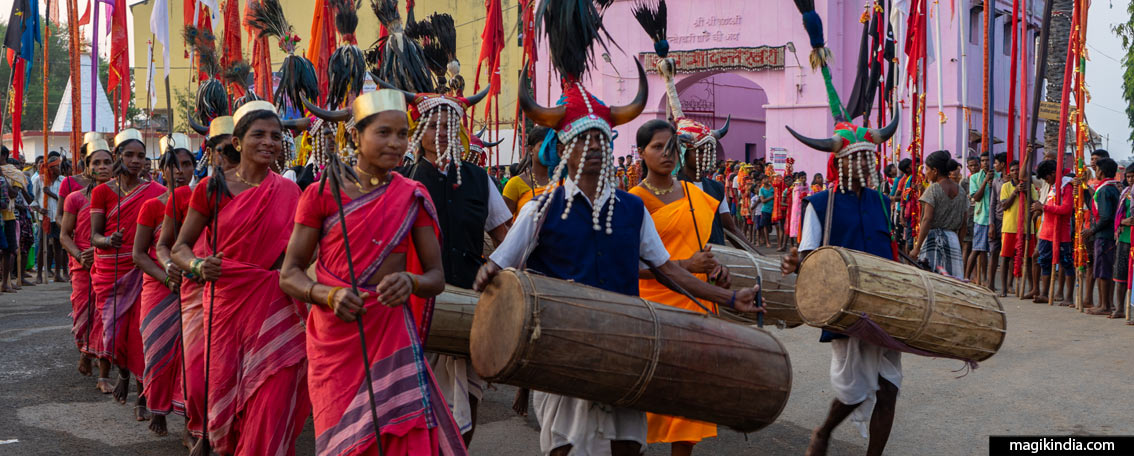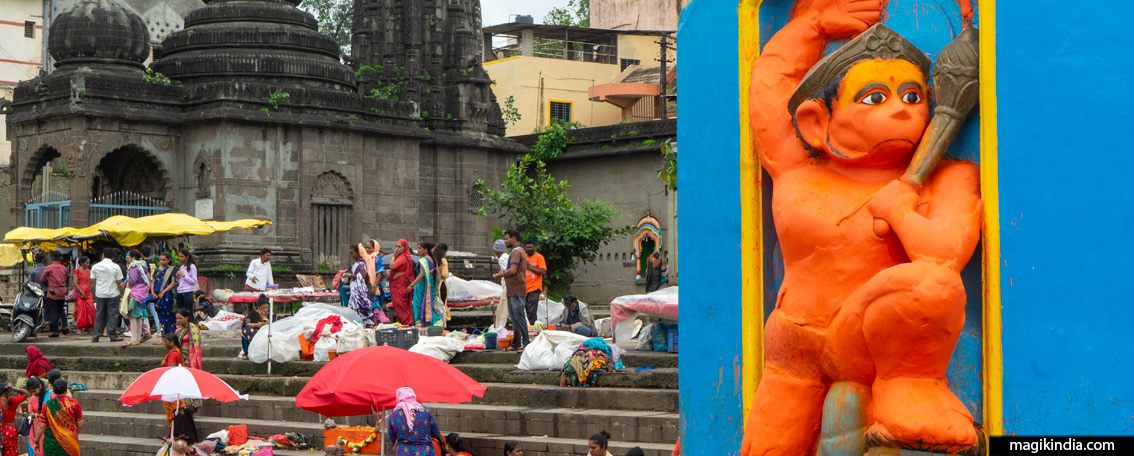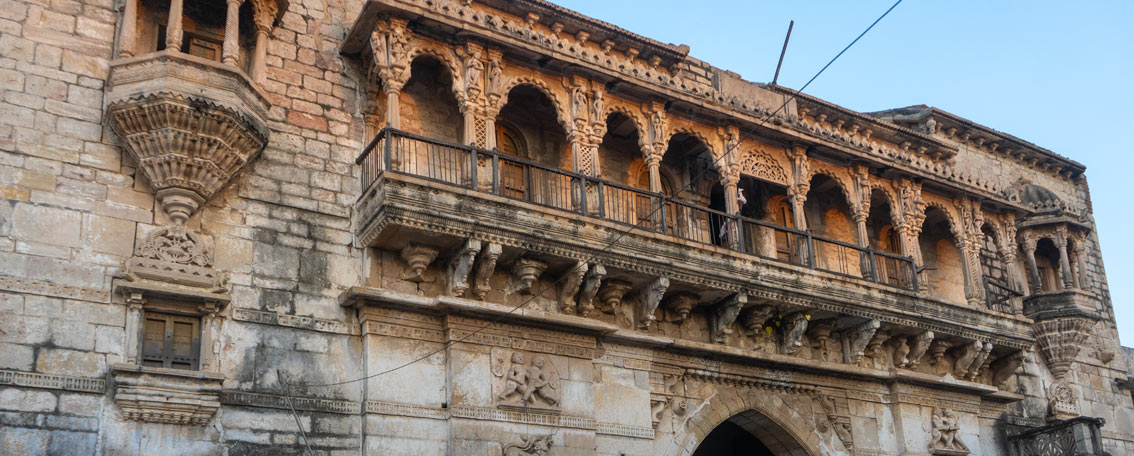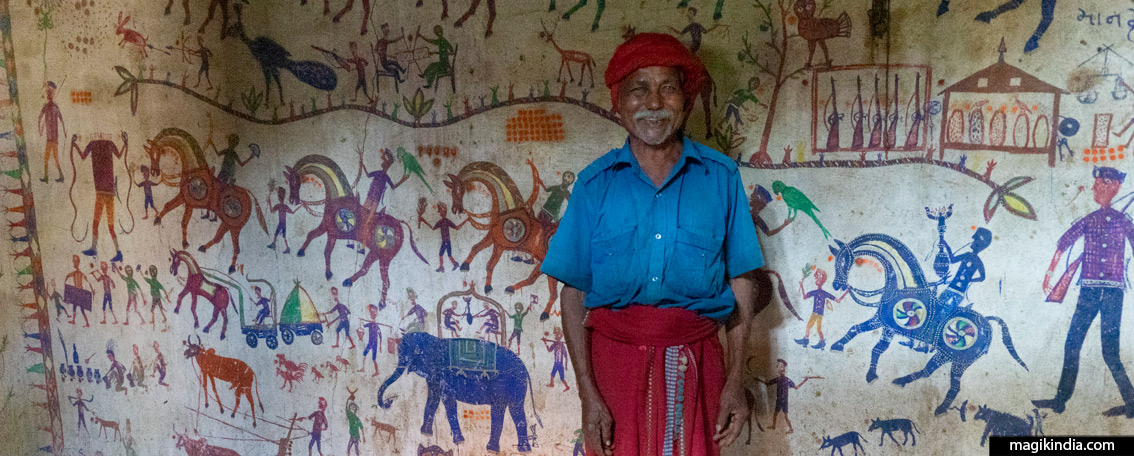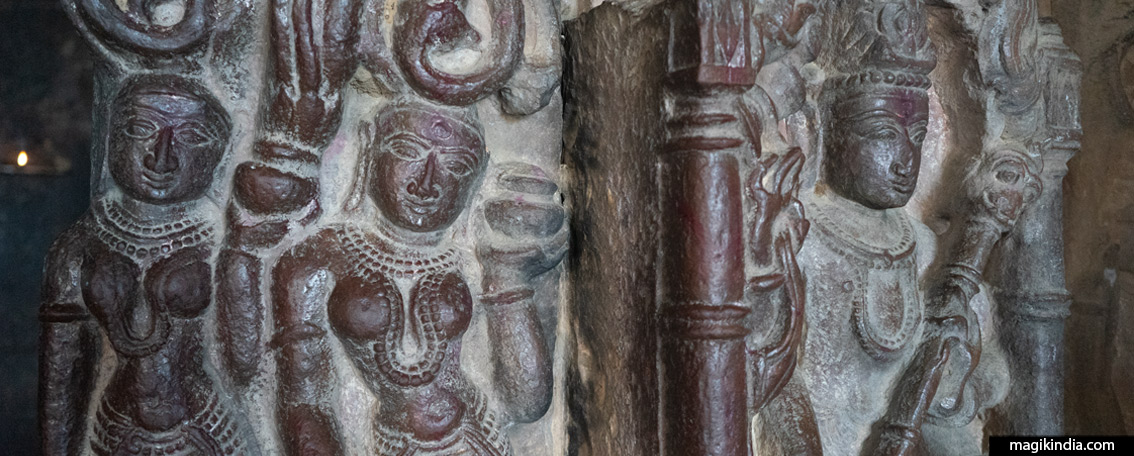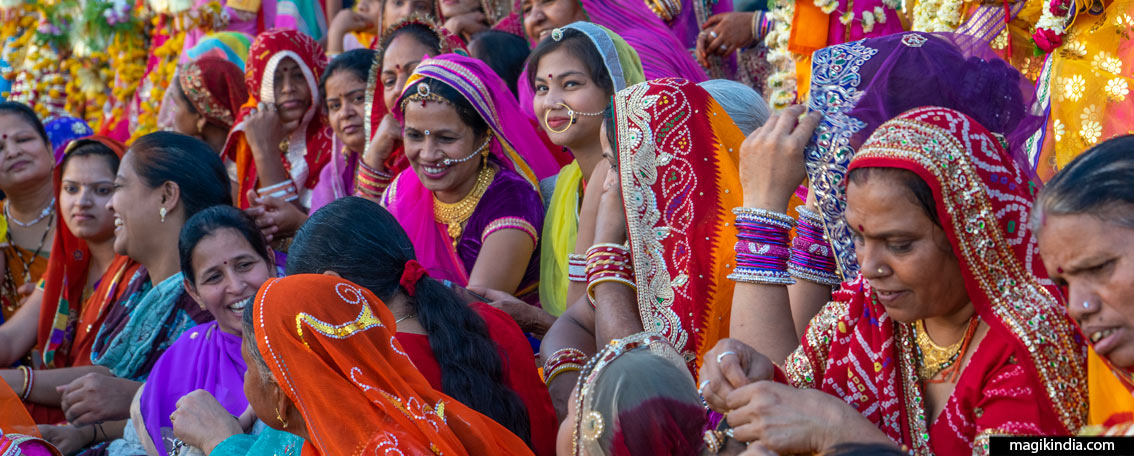
12 good reasons to visit India
India still suffers from a bad reputation. Archaic, poor, dirty… Gandhi’s country is fortunately not limited to these few adjectives. India is, above all, a palette of unique sensations and intense and subtle emotions. Whether you dislike or love India, this millennial land never leaves you indifferent! As I’ve been living in this great country since 2014, I can tell you, India is a must, you can’t get bored here and it will satisfy travellers of all types; adventurers, photographers, culture enthusiasts, mystics and nature lovers.
1 – India, another planet
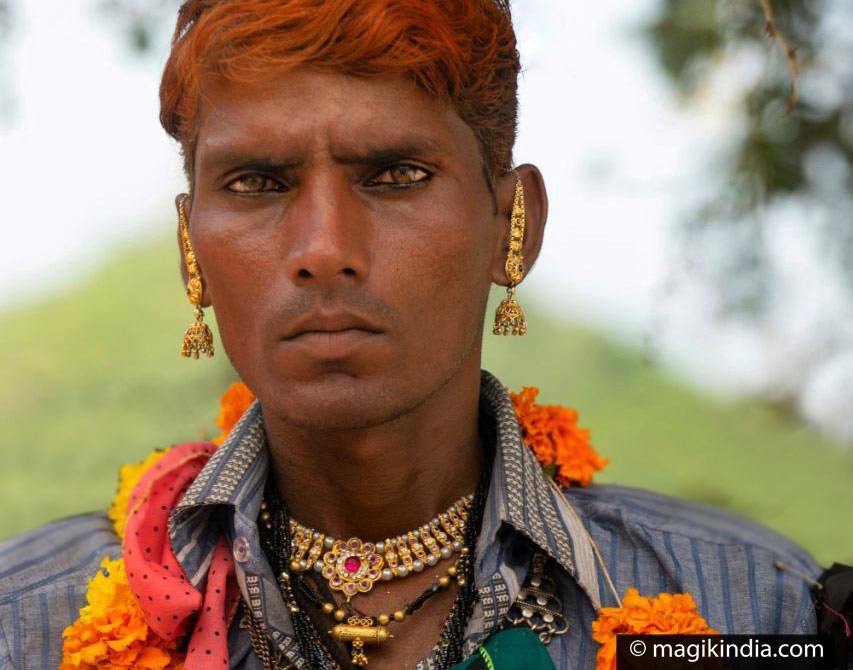
Fascinating, hypnotic and utterly bewildering – India engages all of your senses. Here, everything is amplified, the fragrances, the sounds and the colours. Your landmarks often jostled amongst each other which often leads to a complete change of scenery. I confess, it took me a long time to acclimatise to this country until I understood that India requires a whole different way of thinking. Applying our Western schemas here absolutely does not work. Going with the flow and letting go are the good “tickets” that allow you to land softly on “planet India”.
2 – Guest is God

“Atithi Devo Bhava”, “The guest is equivalent to God” is a Sanskrit phrase that has become something of a code of conduct for Indian people. Yes, there are quite a few tourist who are scammed in India, as greed sometimes can outweigh the ancestral benevolence of the Indian people. However, this is not at all the foundation of Indian society and it does not reflect what Indians are like on a daily basis. Indians are people of a great kindness and of a natural generosity that commands respect and admiration. In India, you don’t need to make an appointment a month in advance, the door is always open and a chai is already waiting for you on the corner of a table.
3 – Incredible cultural diversity
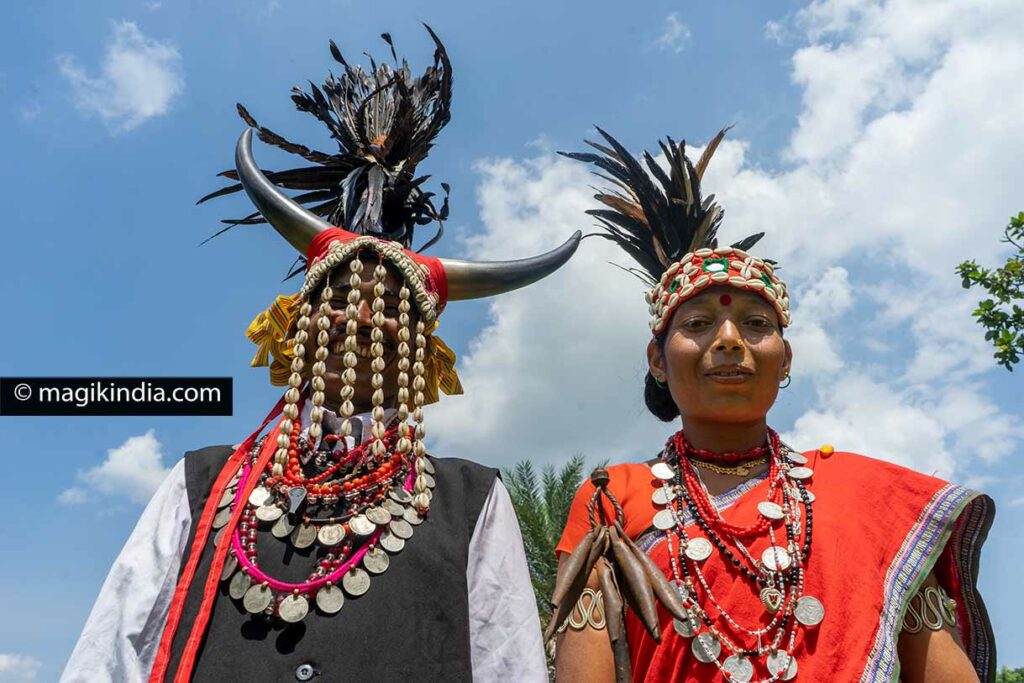
India, along with Egypt and Mesopotamia, is one of the oldest civilisations in the world and the cradle of four great religions (see below). With over 1,600 languages and dialects, it is also one of the most linguistically diverse countries in the world. The language can even vary within the same state just a few hundred miles apart.
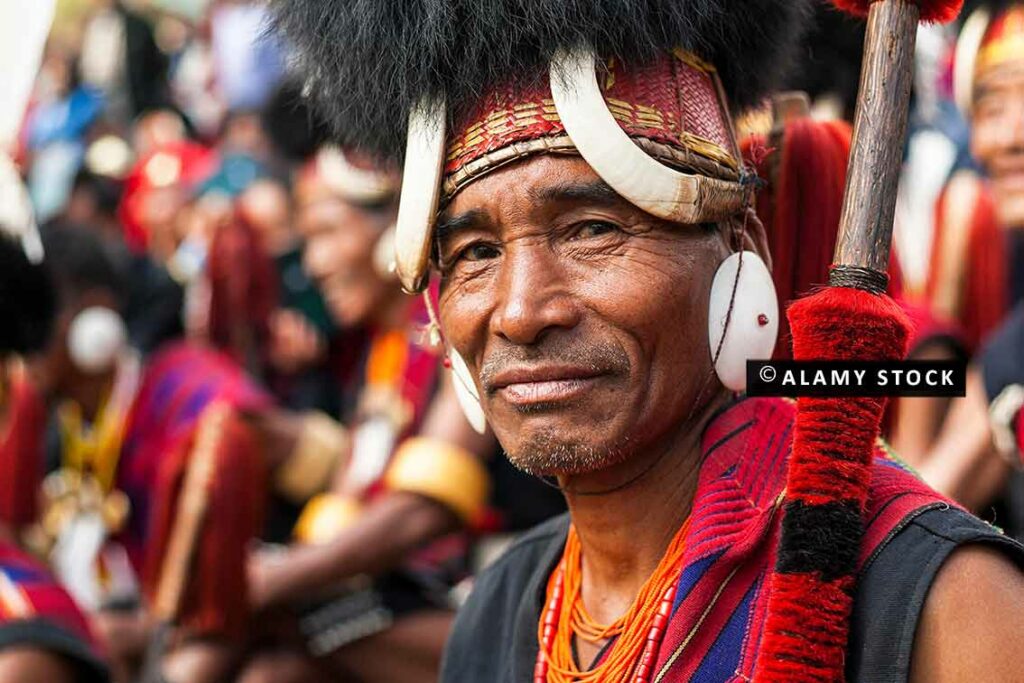
What only a few people know is that India is home to nearly 500 “adivasi” communities (“original inhabitants of India”) who live in a form of a parallel society.
These indigenous peoples represent 8% of the population of the Indian subcontinent, that is to say no less than 100 million people. That makes India the country with the most tribal people in the world.
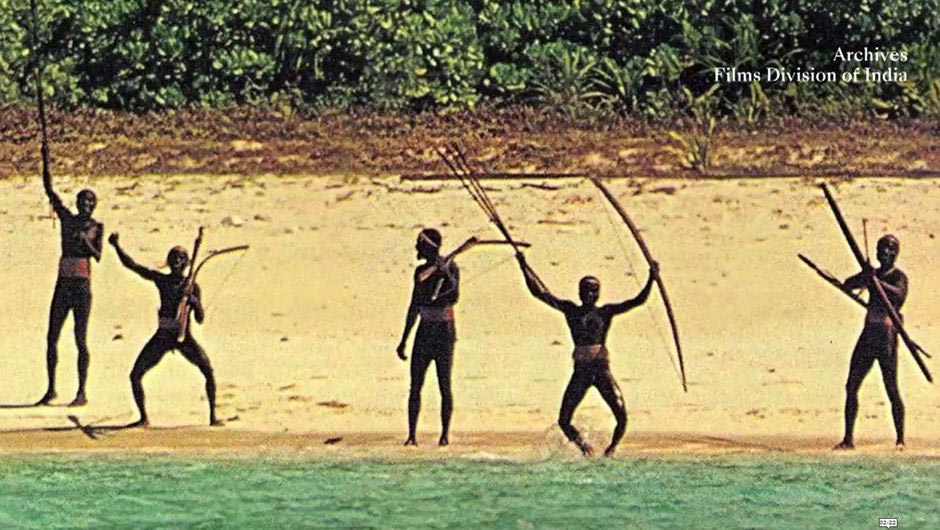
Some of these tribes have barely changed their way of life for millennia, such as the “sentinels” of the Andaman and Nicobar Islands who violently refuse contact with the outside world.
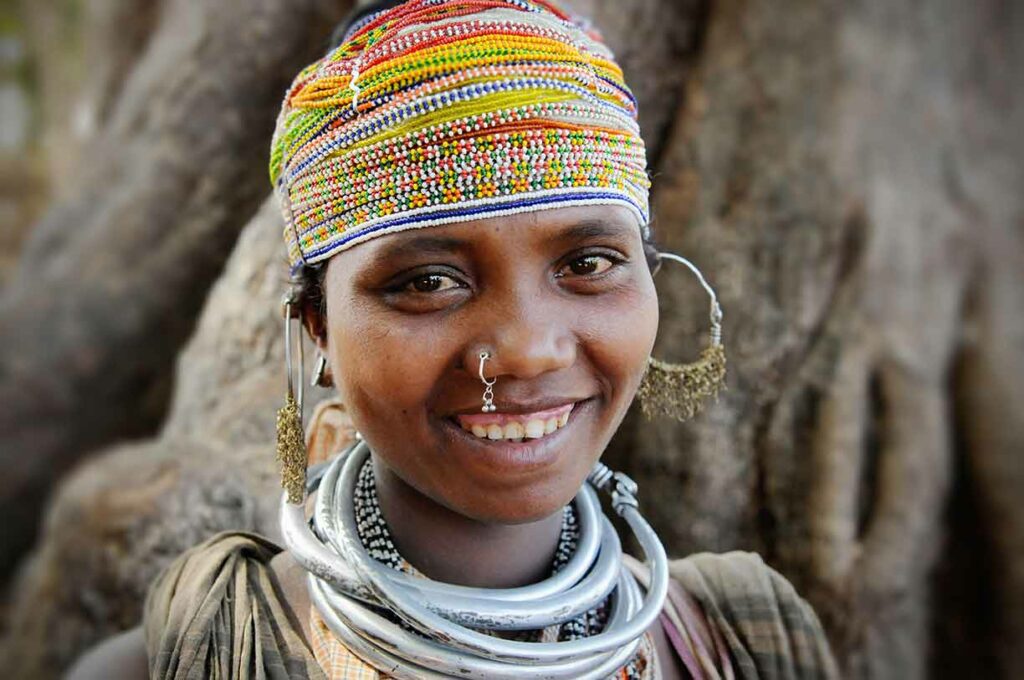
Even when overtaken by modernity the Adivasi have not forgotten their roots, which are expressed through distinct customs, highlighted during unique ceremonies and festivals.
4 – India, top 10 countries with the most world heritage sites
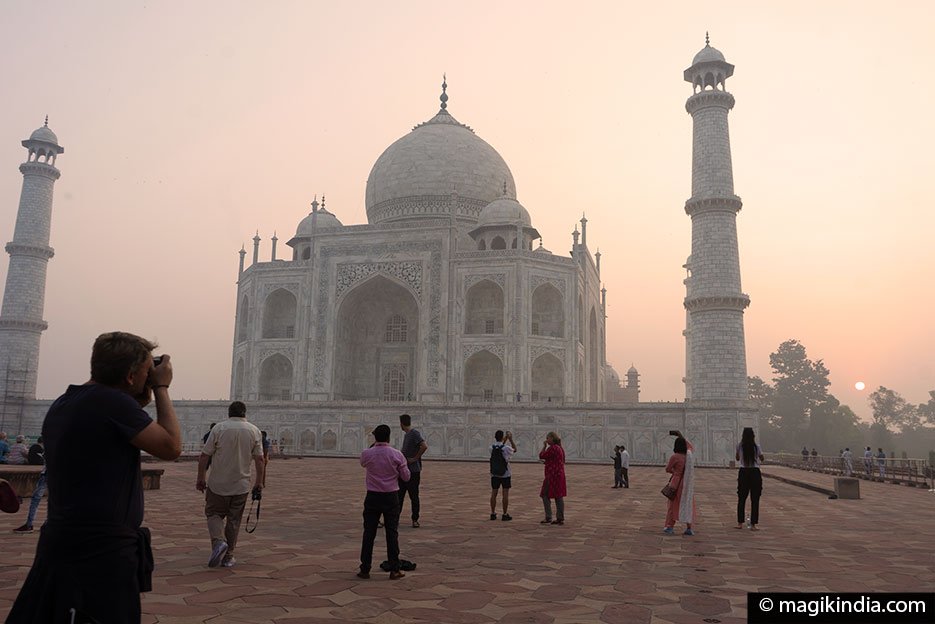
The ancient mixture of cultures combined with the broad diversity of landscapes have endowed India with an incredible heritage. India has no less than 37 sites classified as World Heritage by UNESCO and ranks sixth after Italy, China, Spain, France, Germany in the top 10 countries with the most sites listed as World Heritage Sites.
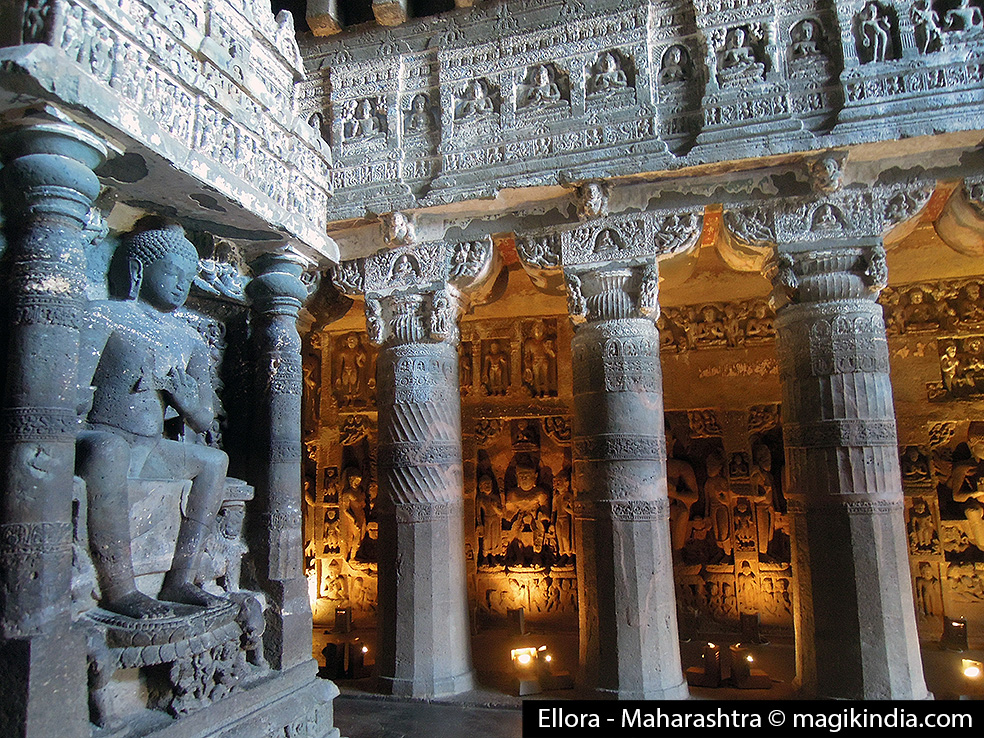
What separates India from other counties is its architectural diversity; Hindu temples, Jain derasars, Buddhist stupas and gompas, Mughal mosques, Sikh Gurudwara, Baroque churches, sumptuous palaces and ancient archaeological sites.
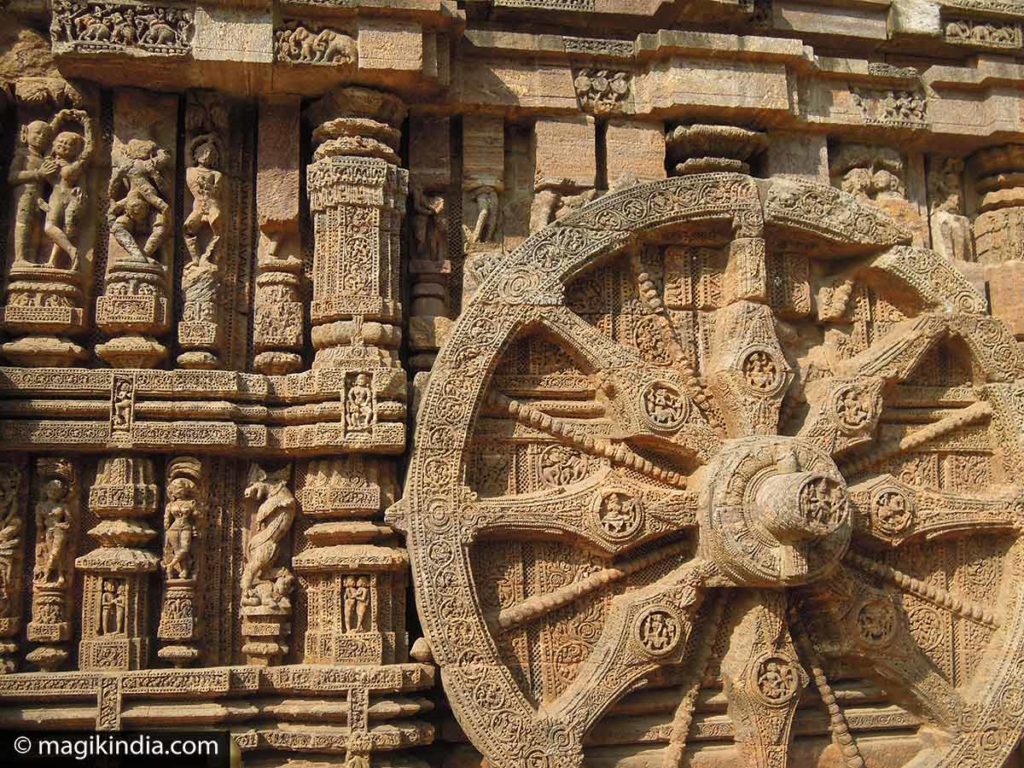
Among the most famous UNESCO classified sites are the grandiose Taj Mahal, the solar temple of Konark, the fabulous rock caves of Ajanta and Ellora, the Kaziranga National Park (the last refuge of the one-horned rhinos), the verdant chain of the Western Ghats, Le Corbusier’s architecture in Chandigarh… to highlight just a few.
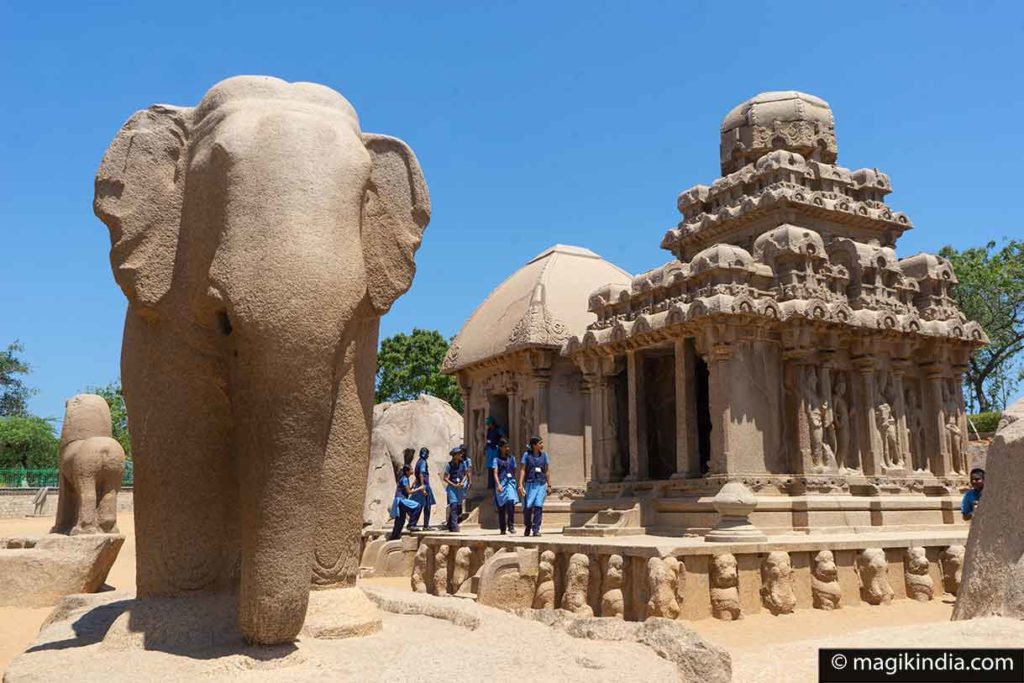
5 – A kaleidoscope of natural paradises
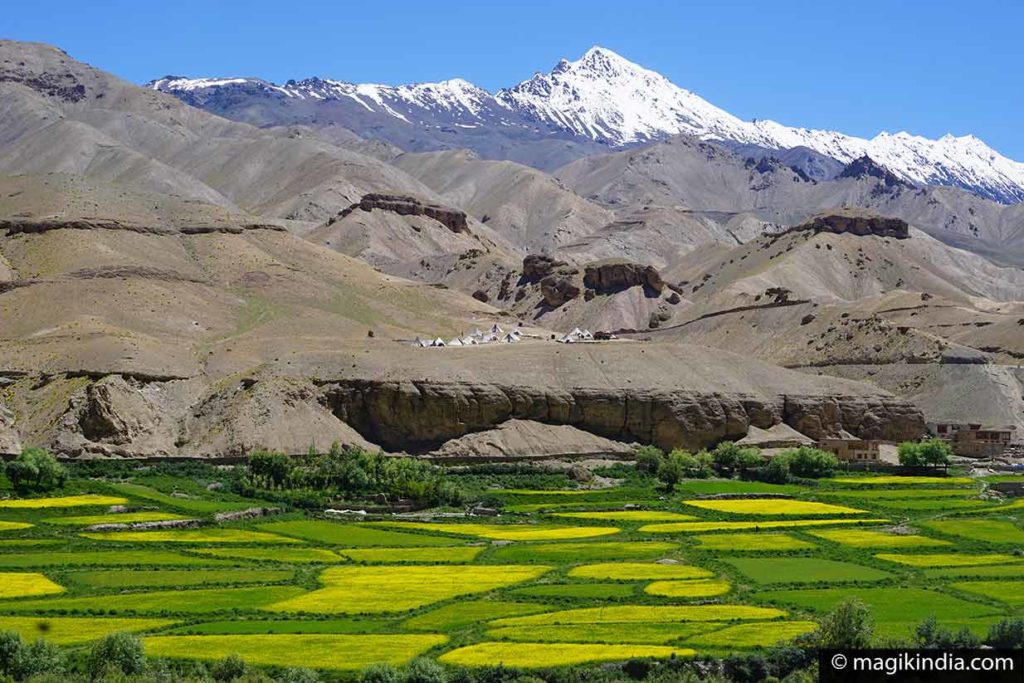
In terms of nature and varied landscapes, India is equally impressive. The country is surrounded to the north by the majestic Himalayan chain. An eclectic array of parks and nature reserves punctuate the entire Indian subcontinent, home to endemic or endangered species such as the Asiatic lion (Gujarat), the one-horned rhino (Assam) or the Bengal tiger (Sundarbans).
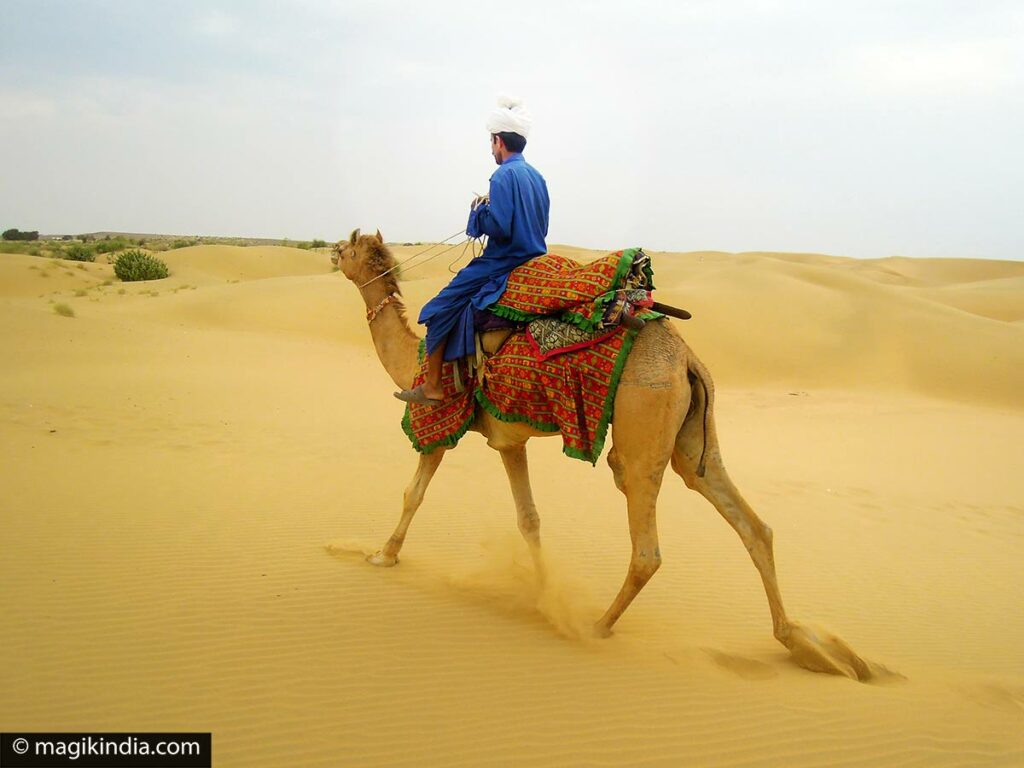
India also has several deserts; the Thar in Rajasthan, the Rann of Kutch in Gujarat (the second largest salt desert in the world) and a string of small cold deserts in Ladakh and in the Spiti Valley in the northern state of Himachal Pradesh.
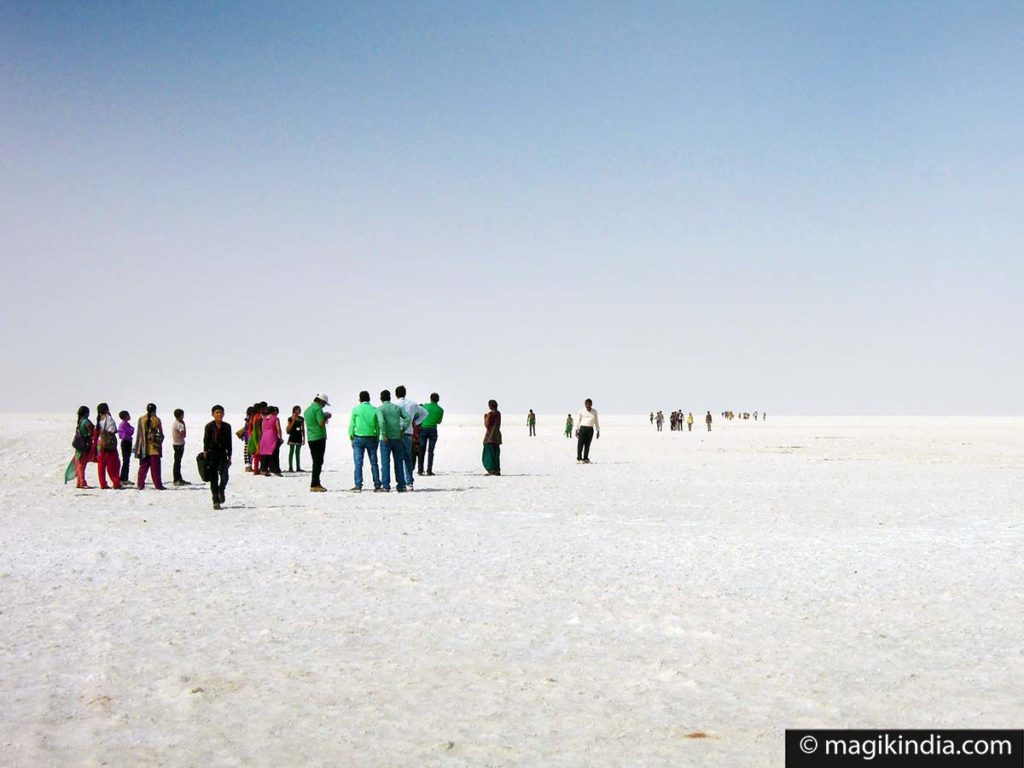
In contrast to these arid regions, there are many luxuriant natural locations made up of lagoons and mangroves, for example in Kerala in the south or the Sundarbans in the North-East. Jungles (spread over the entire Indian subcontinent) and tea plantations (Tamil Nadu, Kerala, Assam, Himachal Pradesh).
There is really something for every taste!
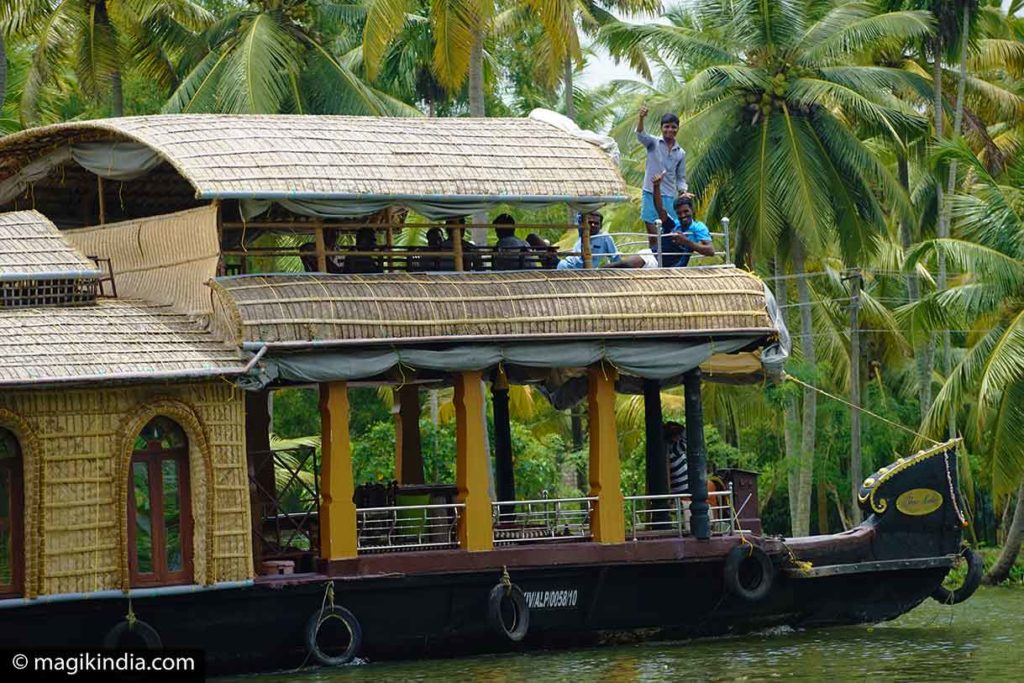
6 – India, the country of festivals
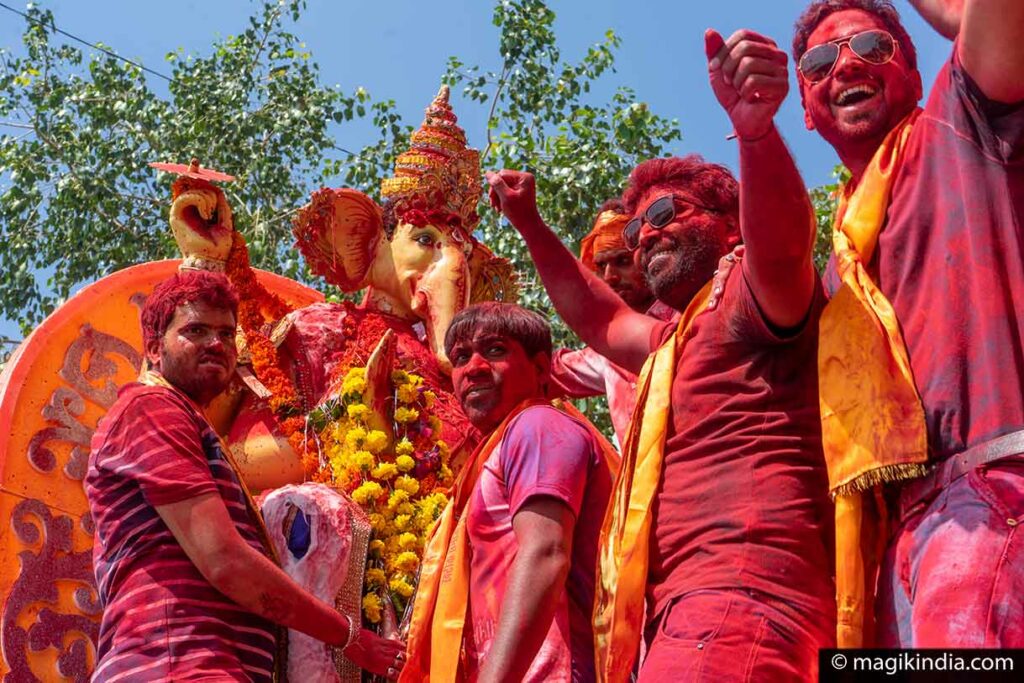
In India not a day goes by without a festival! I exaggerate here, but that’s the feeling you get when you live here, especially in the traditional state of Rajasthan.
To sum up, the great Hindu festivals of India start in mid-August and continue until the months of March-April. The period of August, September, October is the most intense when one festivals is followed one by another; Rakhi, Ganesha Chaturthi, Krishna Jayanti, Navaratri, Diwali. In February-March, there is the famous Holi, the festival of colours, and Gangaur celebrated by the women of Rajasthan.
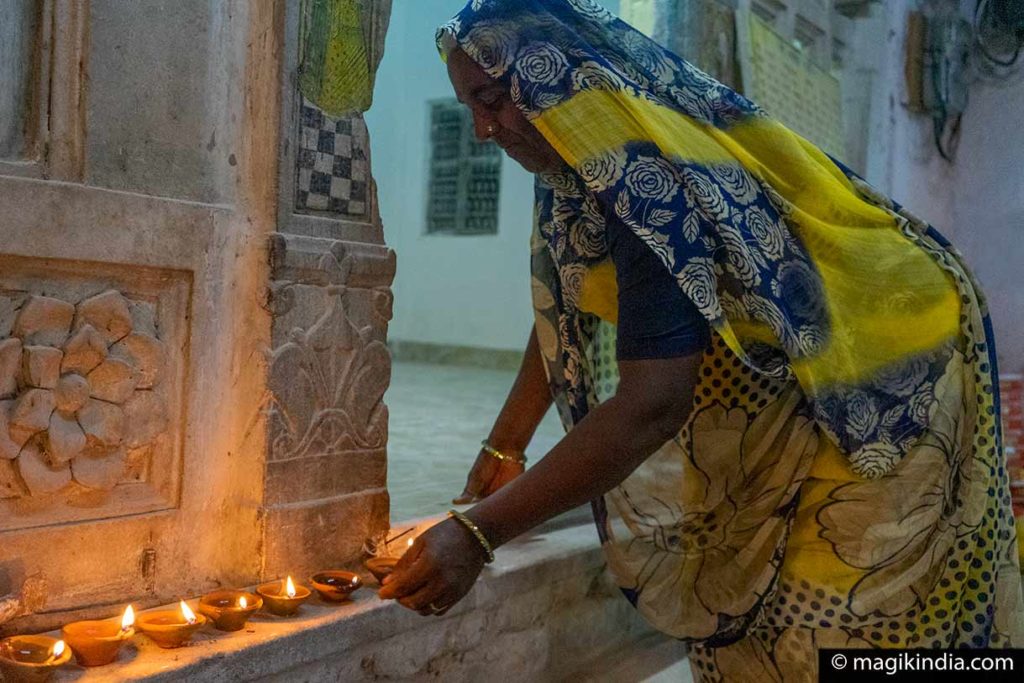
To be added to the already abundant list of festivities are the summer Buddhist festivals of Ladakh and Sikkim, Muslim festivals, temple festivals (specially in Kerala) and the hundreds of “tribal” festivals of the different ethnic groups of India which are among the most eccentric… Suffice to say that I quickly abandoned the idea of making an exhaustive list of festivals in India!
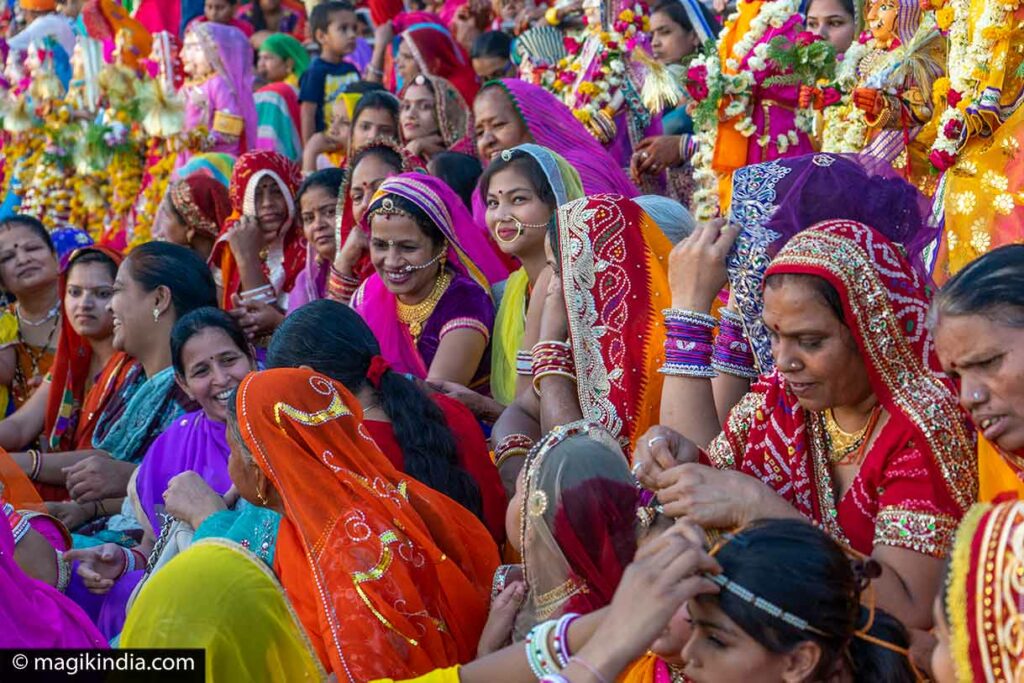
7 – A refined gastronomy
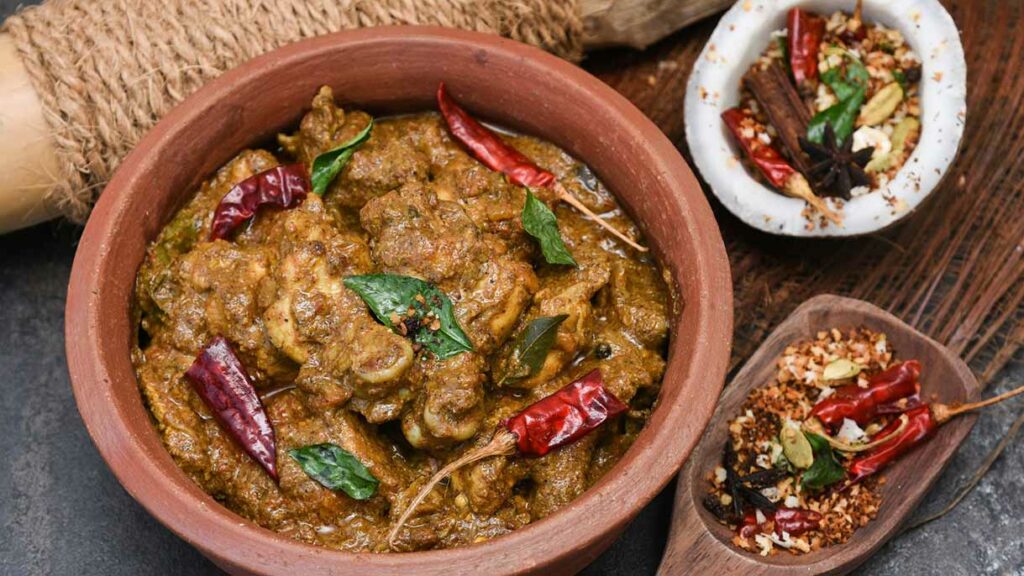
Once you have passed the “fire test” of spices, Indian cuisine reveals a range of flavours that will have you totally addicted. True Indian gastronomy is a cleverly balanced mixture of flavours and not a hint of spices thrown at random into the Kadai (Indian pot). Spices are not only used for their taste, but also for their Ayurvedic properties (traditional medicine of India). Thus cumin or asafoetida (hing) will have a digestive function while ginger will stimulate the body.
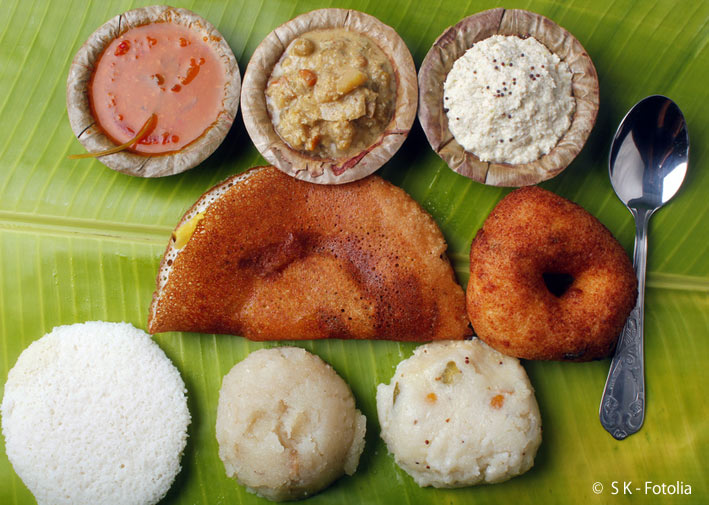
8 – The country of positivism and where “everything’s possible”s
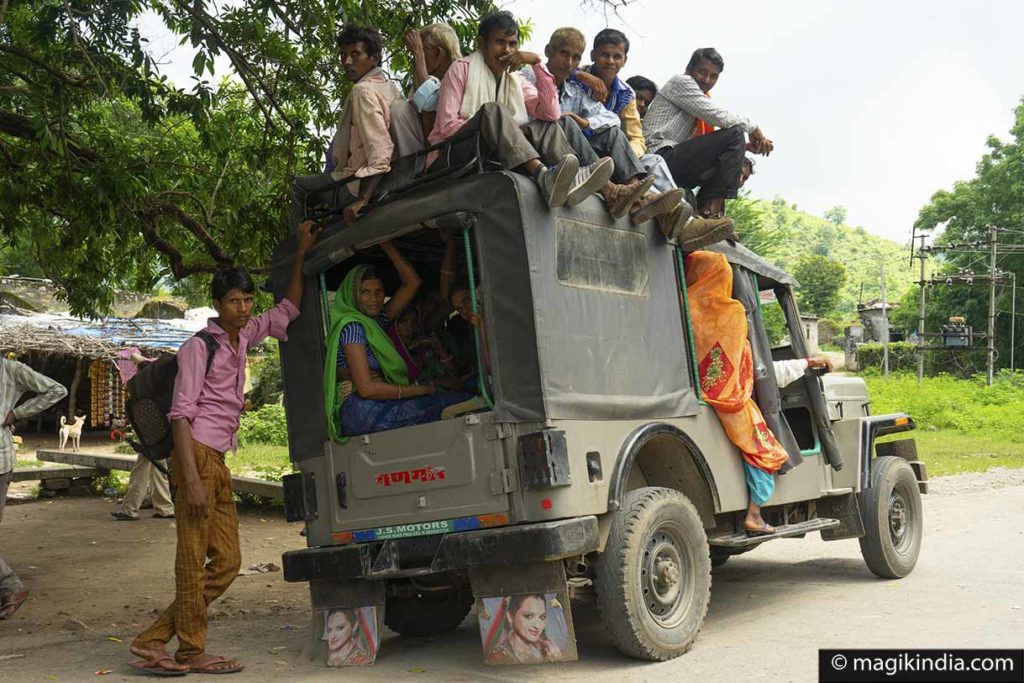
“No problem, no problem”, who hasn’t heard that in India?! It’s not just a few words laughingly thrown out by the rickshaw driver when he doesn’t know the direction, it’s actually a real mantra of positivity. Here, the solutions come before the problems and the page of negative events is quickly turned. This philosophy brings another motto: “nothing is impossible in India” which leaves, in everyday life, a great freedom of action and improvisation.
9 – Land of Ancient Wisdom
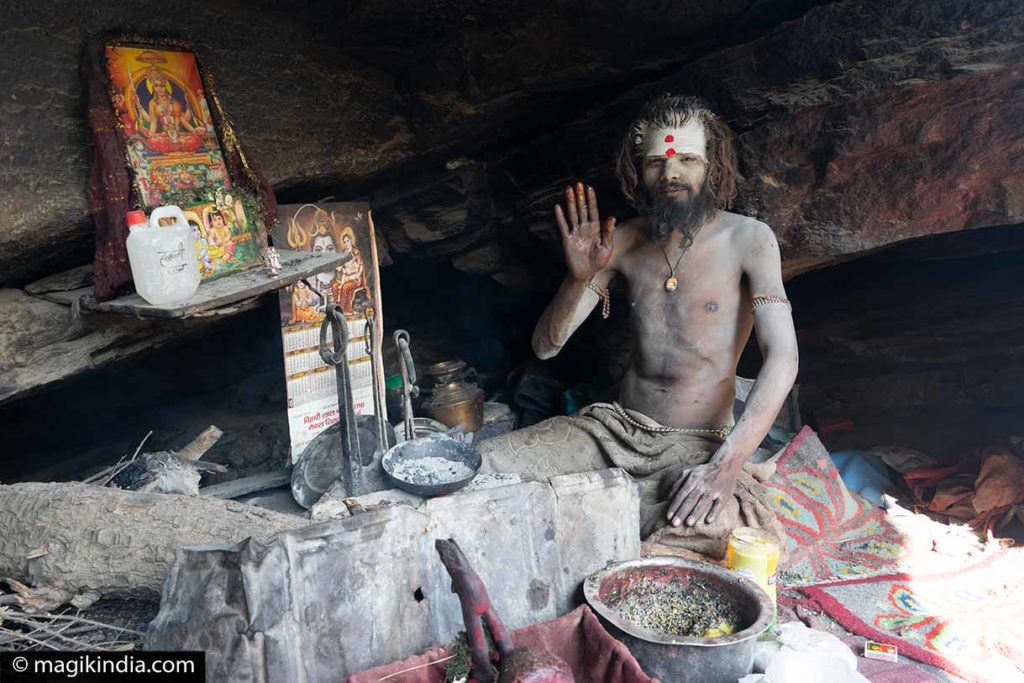
It is impossible to talk about India without dealing with spirituality as it is omnipresent. This is surely due to the fact that India is the cradle of four major religions; Hinduism, Buddhism, Jainism and Sikhism and it has also long been home to Judaism, Christianity, Islam, Zoroastrianism and the largest Baha’i community in the world.
Surprisingly however, India is, according to its constitution, a secular, democratic republic. But Indian law recognises law based on religion. Thus, Hindus, Muslims and Christians are each subject to their own civil law.

Talking about spirituality in India has never been so easy. Here it is normal, and even expected. This millennial land has seen the birth of great masters of wisdom (Kabir, Ramakrishna, Vivekananda, Ramana Maharshi, Shirdi Baba, Mata Amritanandamayi, to name but a few) whose teachings have gone beyond the borders of the Indian subcontinent. Likewise, yoga, which has now spread all over the world, also originated on Bharat Mata (Mother India).

10 – A craftsmanship still very much alive
If you, like me, love crafts, you won’t be disappointed in India. The country has a craftsmanship that is still very much alive and as varied as its population.
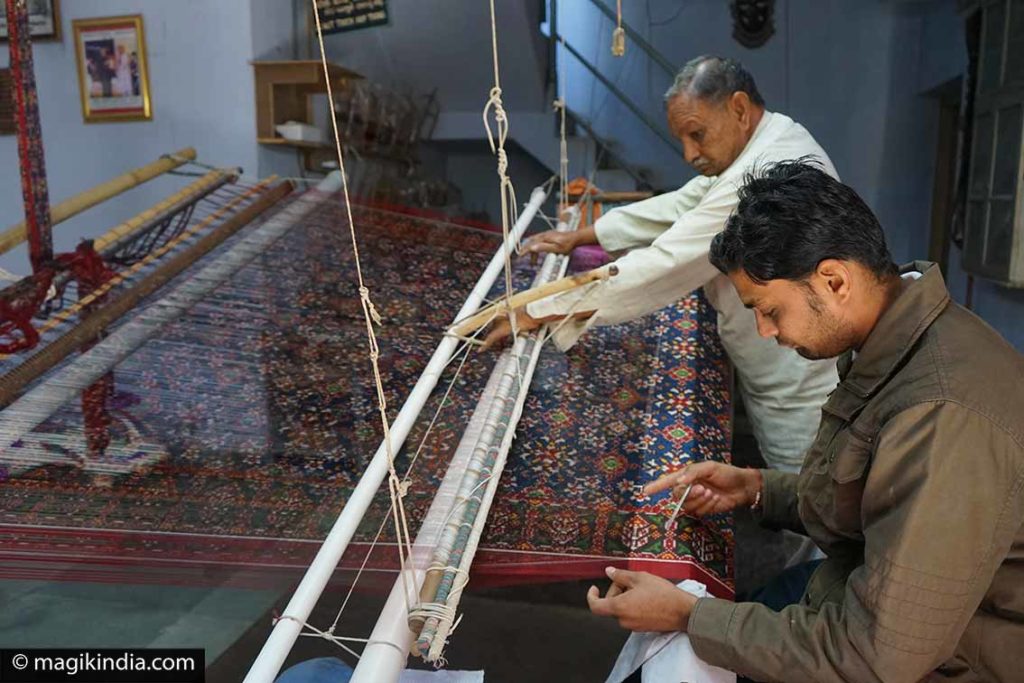
The manual weaving of silk and wool is present in the four corners of India. In the very north, in Ladakh, the famous Pashmina shawls made of goat’s wool and, in Patan, Gujarat, the art of Patola saris (among the most expensive in India) is still perpetuated by a handful of families.
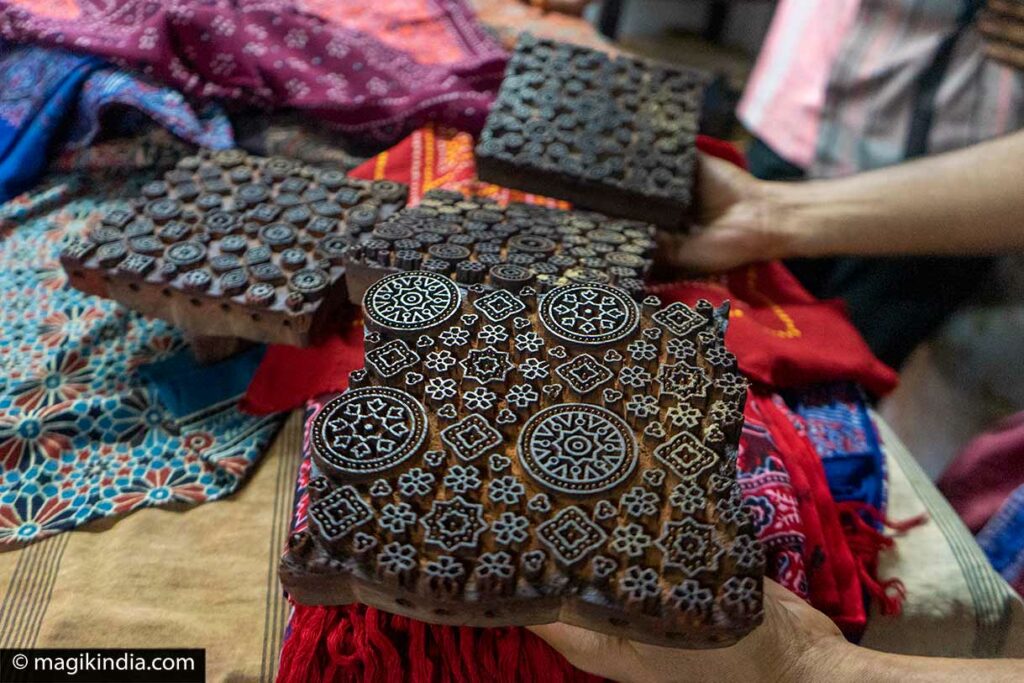
In Rajasthan and Gujarat textile printing with wood blocks (Ajrakh) is well established. This noble art dates back to the civilisations of the Indus, nearly 3,000 years BCE.
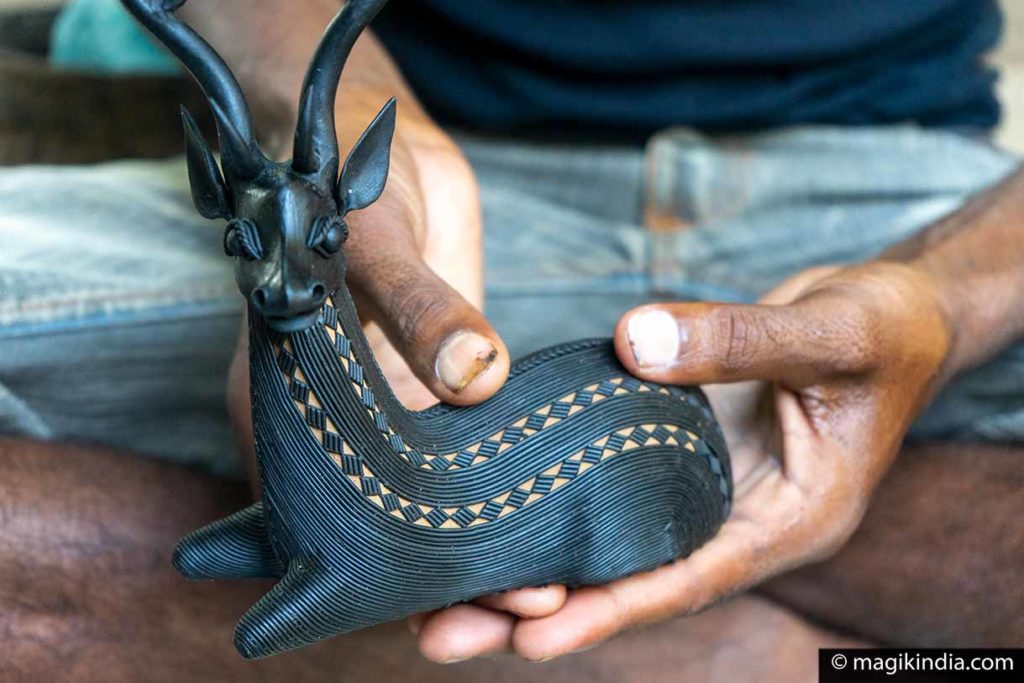
In ethnic areas such as Chhattisgarh (central India), metalworking is common. The indigenous people were surely the first blacksmiths of India. Dhokra is one of the ancient arts of bronze casting. It dates back more than 4000 years. It generally depicts the imagery of indigenous peoples, scenes of life, animals and religious motifs.
Traditional painting and pottery are arts that will never decline in Indian culture as they are integrated into everyday Indian life.
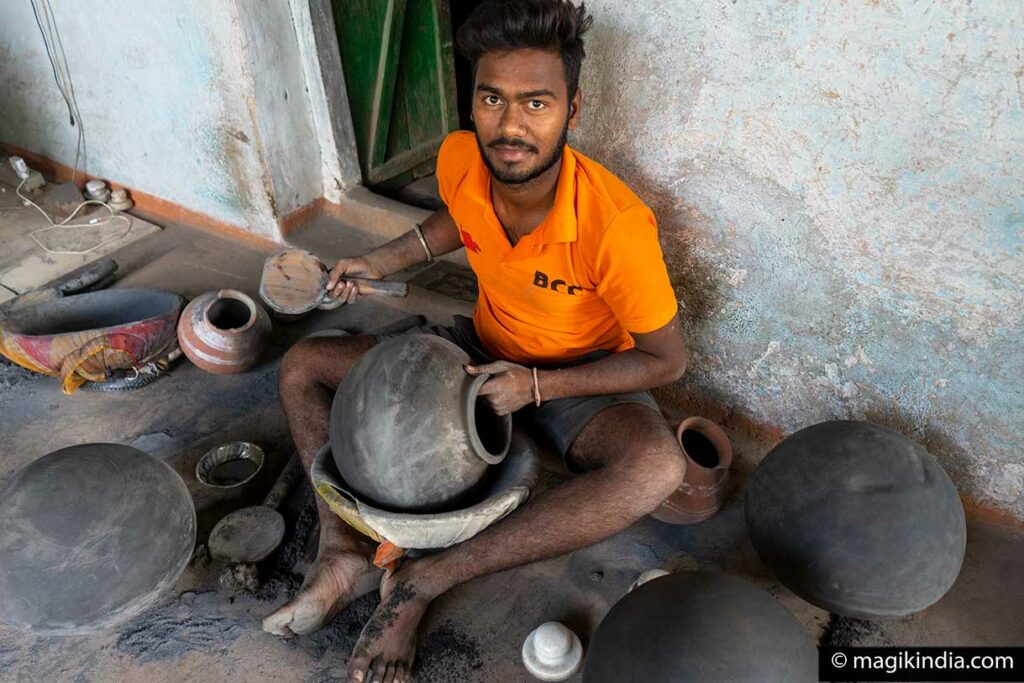
11 – Luxury or cheap, your choice
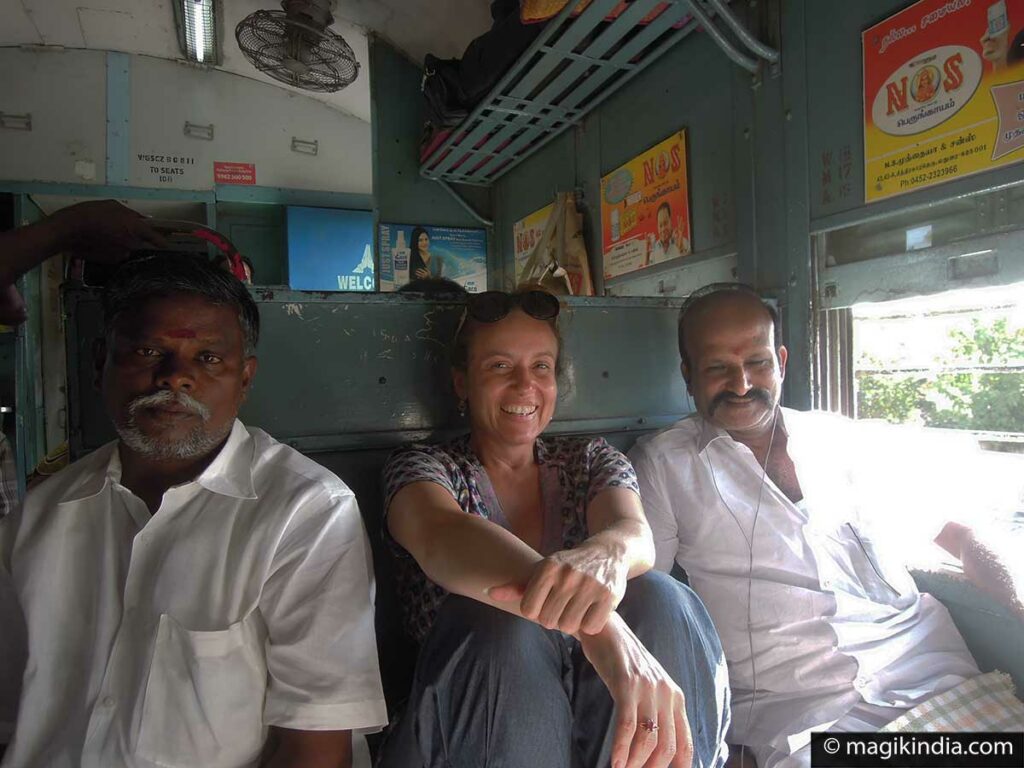
Although the standard of living has risen a lot over the past few decades, India as a whole is still cheap for western visitors. If you are feeling adventurous you can travel for as little as 20 euros per day. The country is well served by trains and buses which offer unbeatable fares if you have the time and the patience. For example, the Delhi – Chennai train (2,200 km) will cost you from 800 to 3,000 rupees (10 to 30 euros) depending on the class.
Similarly, a new style of hostels (kind of revisited youth hostels) have recently emerged in India (Moustache Hostel, Zostel, Backpacker Panda) offering backpackers a comfortable and clean stay in rooms or dormitories from 500 rupees per night (6 euros).
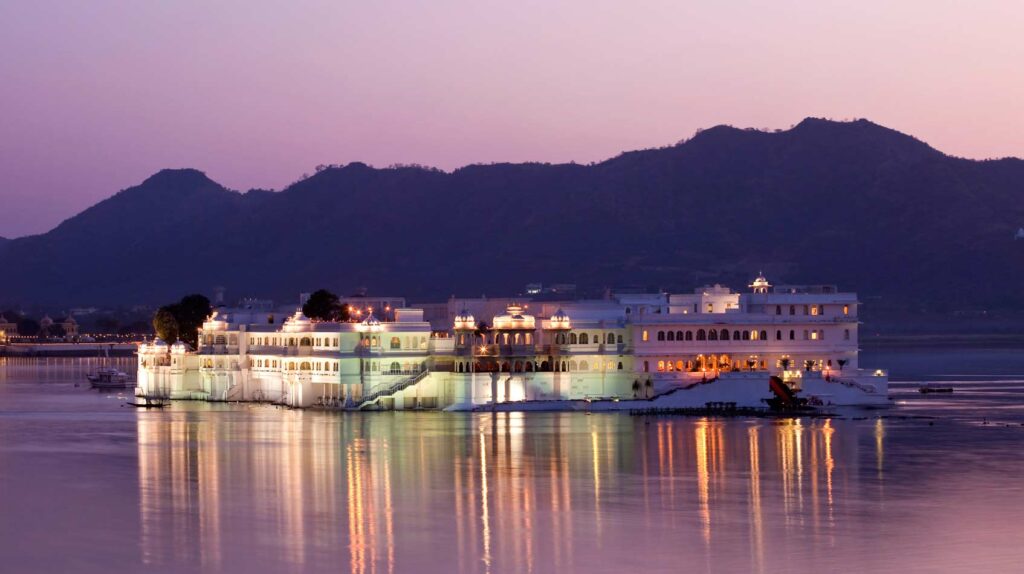
Conversly, India has a well-developed luxury hotel industry where internationally renowned 5 and 7 star hotels have flourished all over the Indian subcontinent. Among the most sumptuous are the Umaid Bhawan in Jodhpur, the Lake Palace in Udaipur, the Wildflower Hall in Shimla, the Taj Falaknuma Palace in Hyderabad and the Taj Mahal Palace in Mumbai.
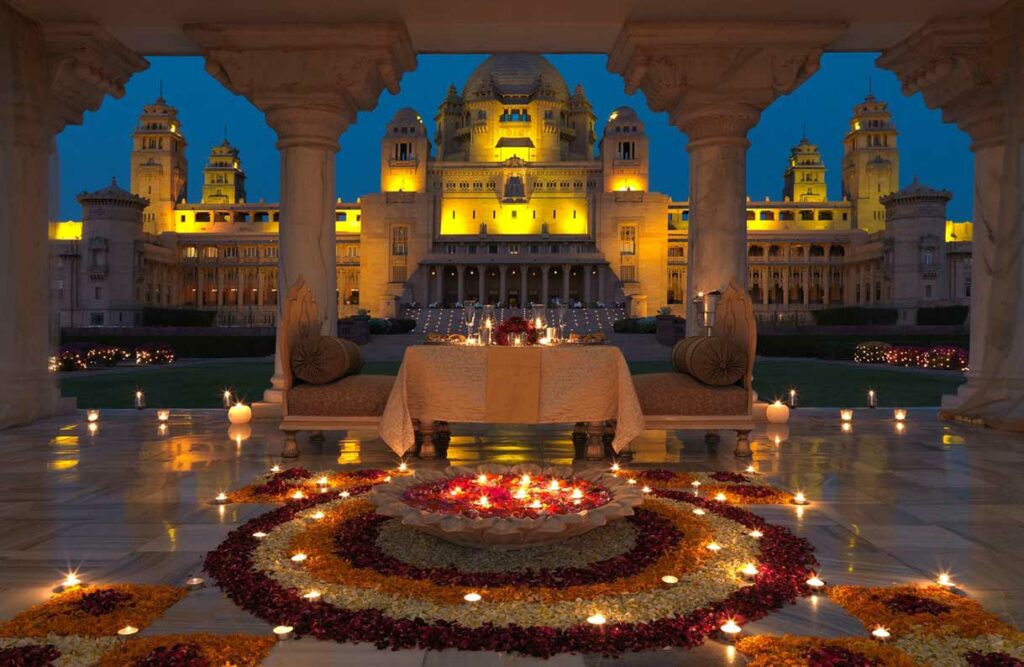
The country also has five luxury trains that positively rival the Orient Express in Europe or the Rocky Mountaineer in Canada. The Deccan Odyssey (Maharashtara, Rajasthan & Gujarat), Golden Chariots (Karnataka), the Royal Rajasthan on Wheels, the palace on Wheels (Rajasthan) and the Maharajas’ Express (Rajasthan, Madhya Pradesh and Uttar Pradesh) which has been repeatedly recognized as “one of the best luxury trains in the world” by “The World Travel Awards”.
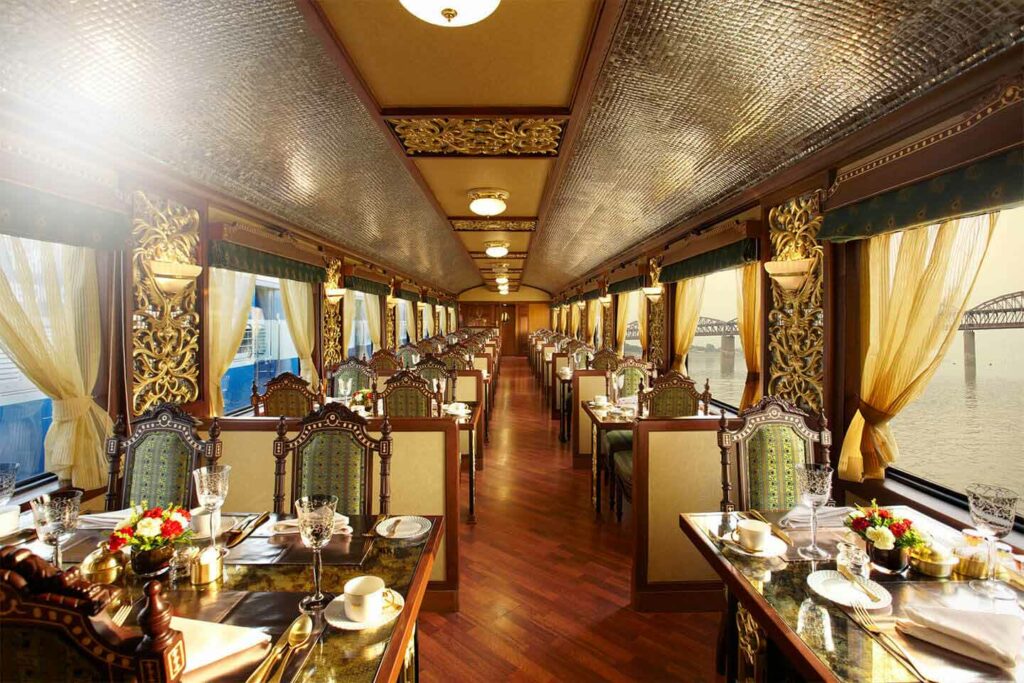
12 – Yes, India also has its own classical dance and music
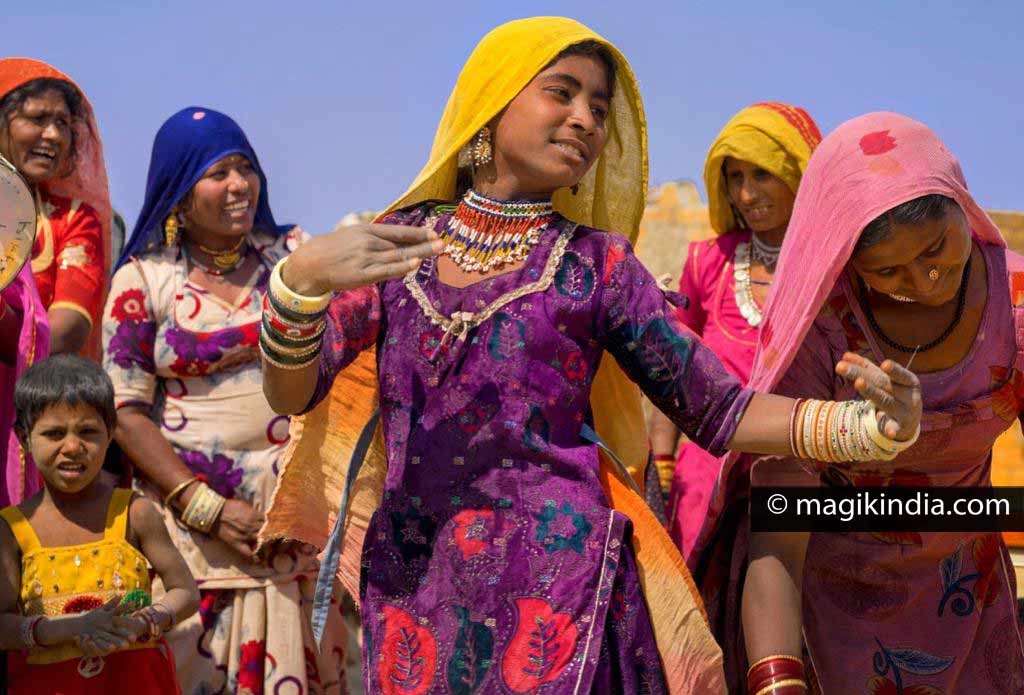
Dance and music in general are important parts of Indian culture. Each region has its own folk traditions practiced during special events such as weddings or birthdays.
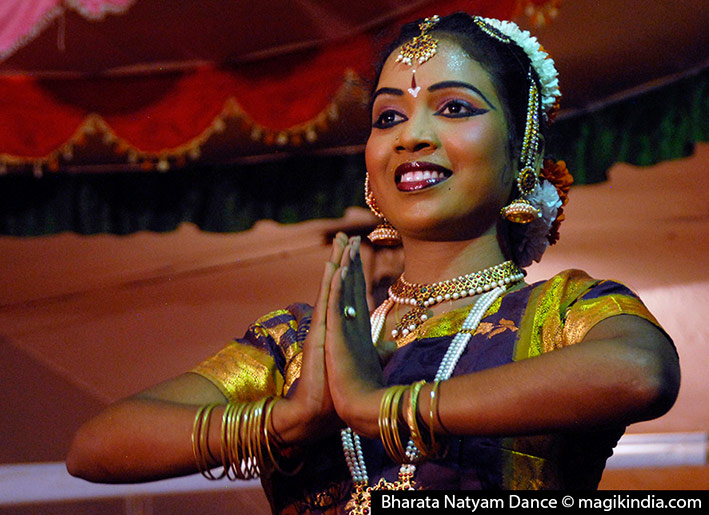
More extensively these arts take a classical form whose roots go back to ancient texts.
Officially, there are eight styles of classical Indian dances: Bharata Natyam (Tamil Nadu), Kathak (Uttar Pradesh), Kathakali (Kerala), Mohiniyattam (Kerala), Kuchipudi (Andhra Pradesh), Manipuri (Manipur), Odissi (Odisha) and Sattriya (Assam).
KNOW MORE ABOUT IT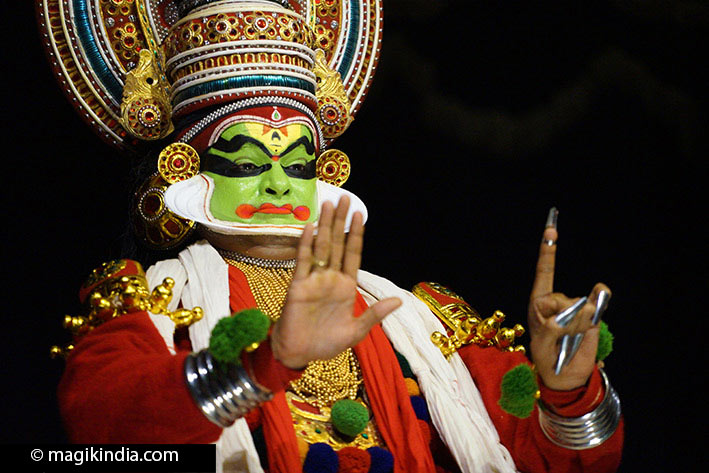
Just like our western classical dance, this art requires many years of practice (10 years minimum) and is very codified. Attending a classical dance recital in India is a special emotion, an escape into a new world.
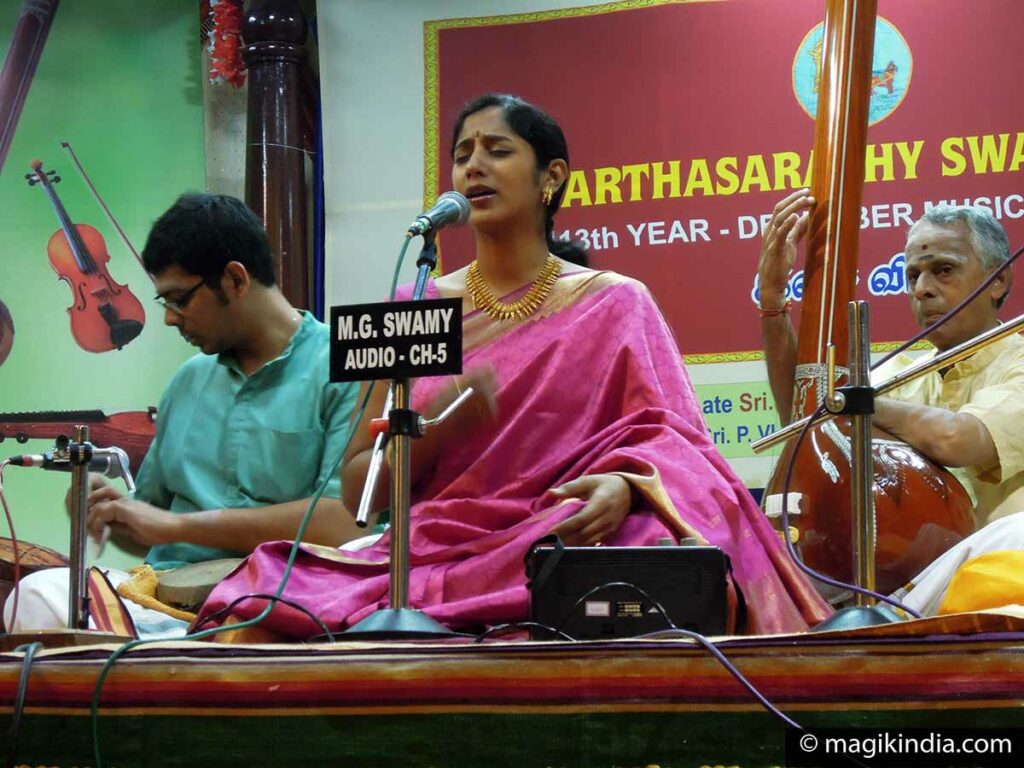
As for Indian classical music, it is probably one of the most elaborate musical systems in the world.
It is generally accepted that the “Sama Veda”, a sacred text composed in 1500 BCE, is a probable source of Indian music which was then enriched over the centuries to the sophisticated system that the we know today.
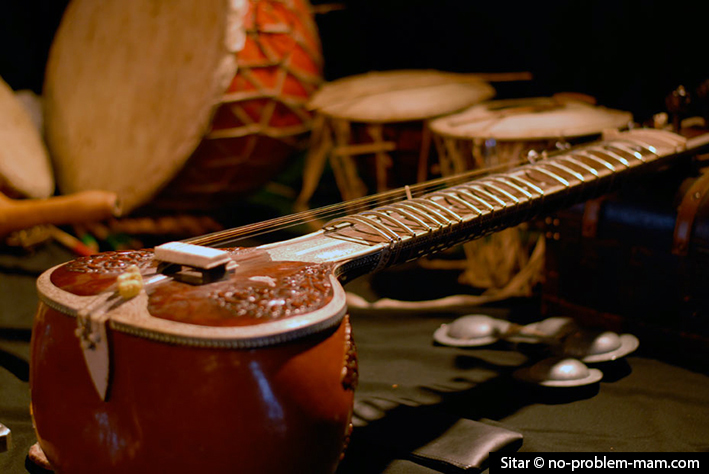
The basic concepts of Indian music include Swara (notes), Raga (improvised melodies from a basic theme), Shruti (microtones), Alankar (ornaments) and Tala (rhythmic patterns used by percussion).
A classical music concert plunges you into meditative, ecstatic moments.
“The basis of existence is vibration, which is sound. Indian classical music is not seen as entertainment, it is a tool in the spiritual process.” Sadhguru Jaggi Vasudev
KNOW MORE ABOUT IT